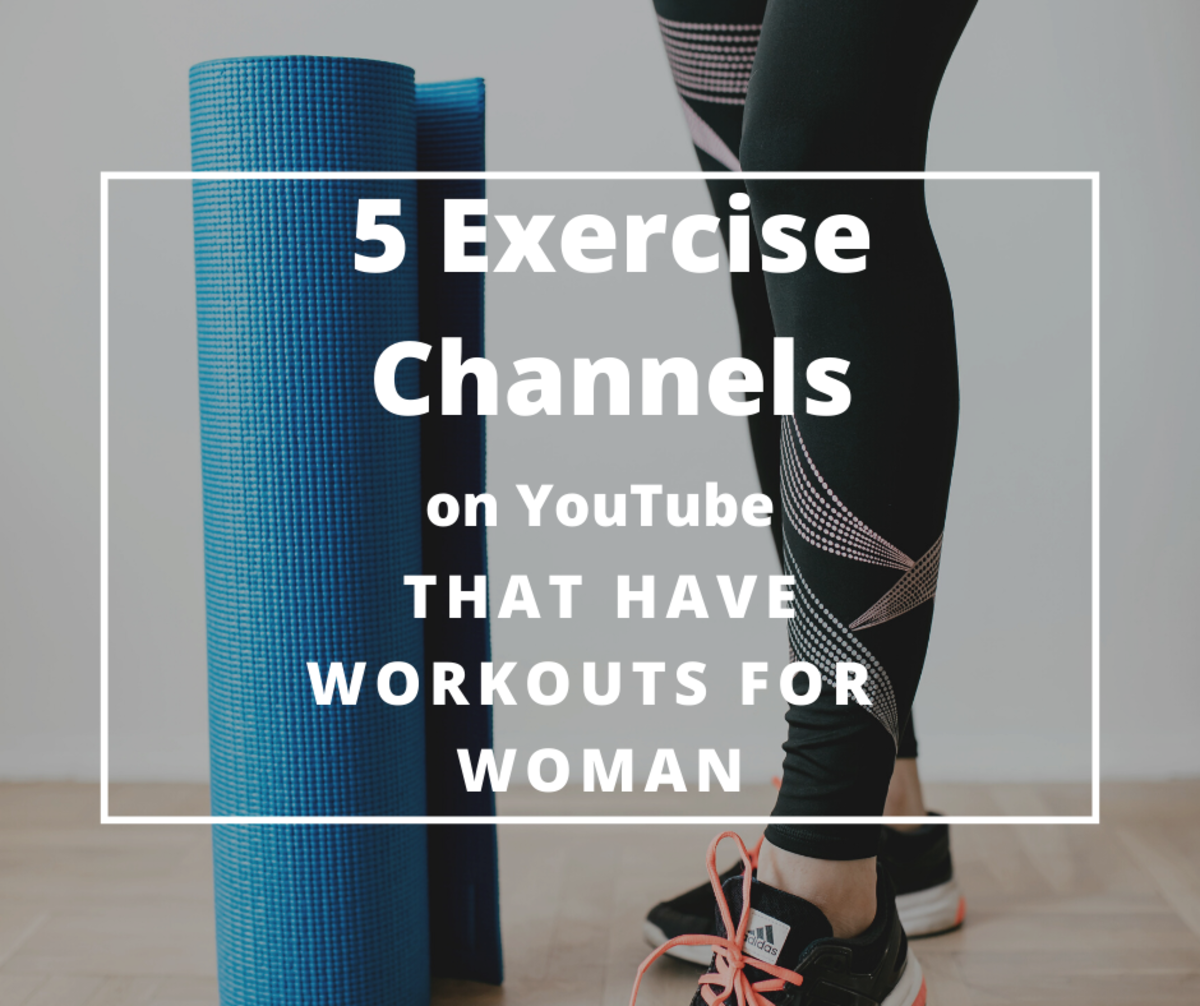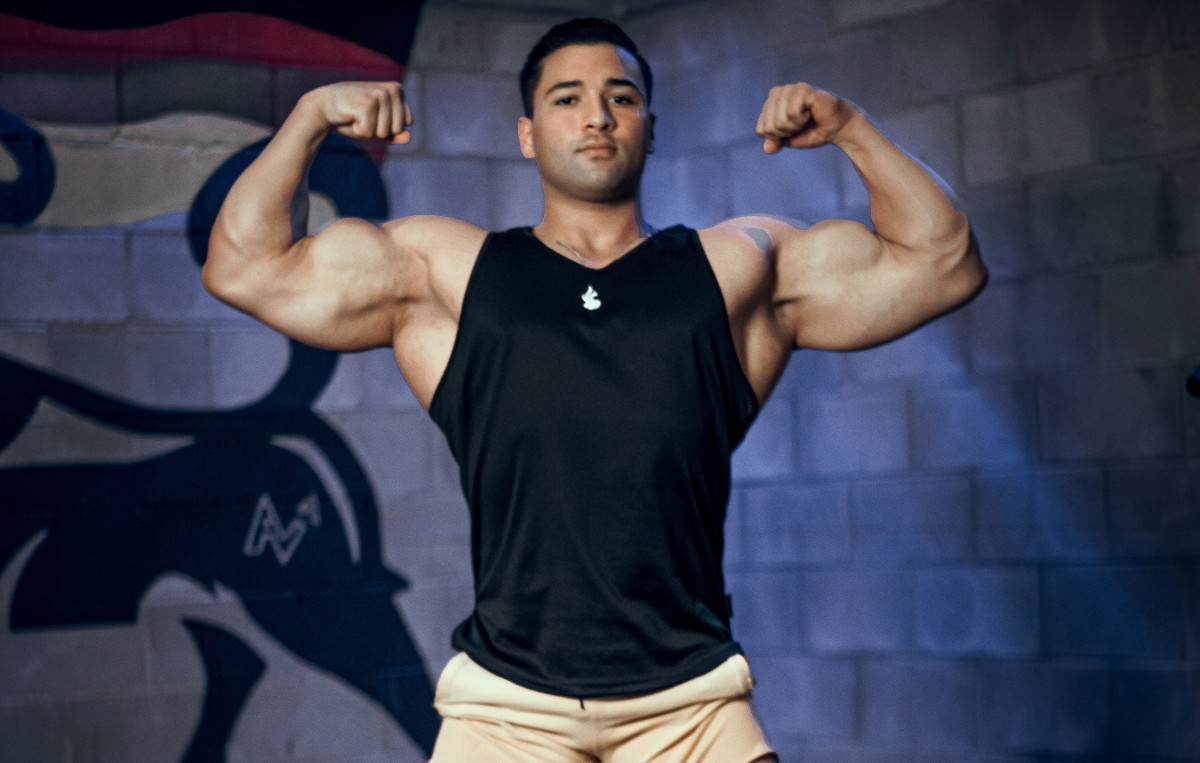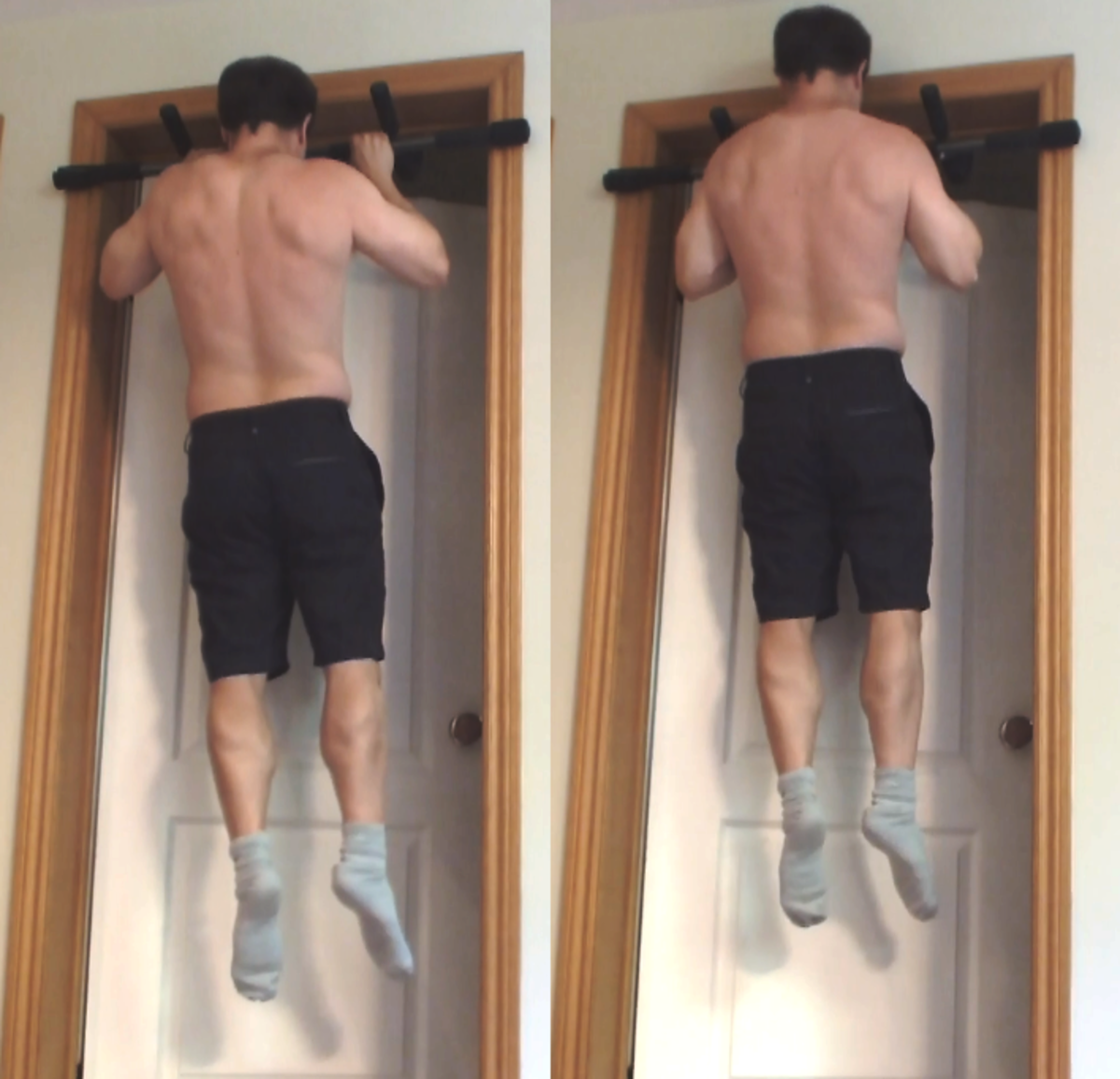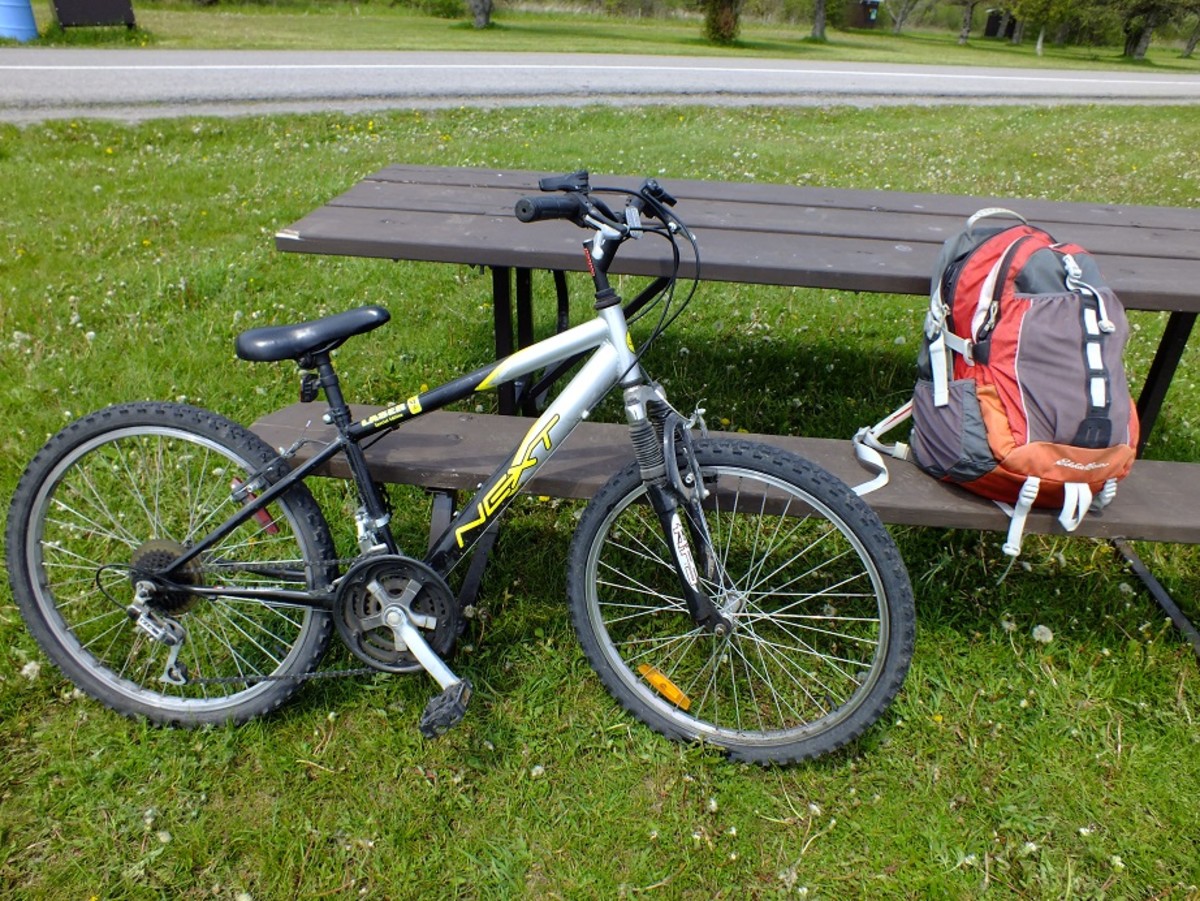How To Stimulate Your Workouts with Different Strength Training Methods
There are so many different ways to stimulate your muscles and so many ways to achieve the strength and looks you want. It could be as simple as moving slower during the lifts, or working out with methods like drop sets, or running the rack. If you have got stuck and are looking for ways to stimulate your muscles and push them to the next level, then keep reading and try some of these techniques I have listed below.
So get out there and don't let anything stop you until you get the results you want. Let me know how it goes.
Different Methods of Training
Circuits - Circuit training is a form of conditioning combining resistance training and aerobics. When doing this or designing a workout try to make sure you get a full body workout and a decent amount of cardio in. I like to do 40 seconds of an exercise with as much reps as possible then move to the next.
Cheats - Cheats or cheat reps, how ever you hear it, is where you purposely cheat on the workout so you can maximize your weight training intensity or max out those finale reps. You see this every day by people doing exercises like bicep curls and they use there body to sway. Cheaters.... bah! hehe
Compound Sets - A compound set is the where you complete two sets, back to back, which target the same muscle group with no rest in between. One example of this is to perform a standing dumbbell raise directly followed by dumbbell lateral raises.
- Signup For HubPages
Sign up for Hubpages and begin earning from your writing.
Chains - Working out with chains looks fun. The theory is it increases the weight during the top portion of the lift. This is because as you bring the weight down as in a bench, or squat the chains bundle on the ground. Then as you move the weight in the other direction the chains unravel and thereby making you lift more weight through the motion. I have never done this with chains however I have done very similar with bands. See video on using chains at the bottom of this article.
Drop sets - Is a technique for continuing an exercise with a lower weight once muscle failure has been achieved at a higher weight. I love to do this with barbell rows. However it does take more time to reduce the weight each time but it feels good.
Eccentric - Also know as negative training, is a particular workout method I enjoy. Eccentric Training is where you only lift or resist the weight in one particular motion. Take for example the bench press. Have the weight increased to above your 5 Rep max. Then with a spotter, have them assist the bar up for you and then you resist the weight coming down by yourself. This puts a heavier load on the the lift on the eccentric phase. Be warned this causes fatigue quickly and can lead to some serious muscle soreness.
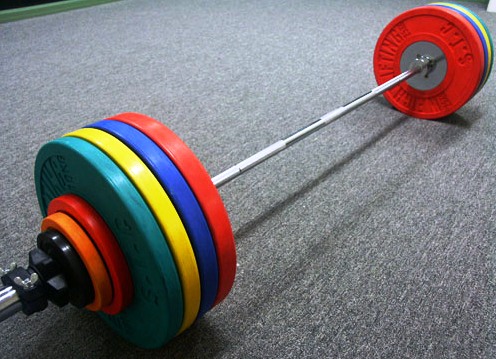
Forced Reps - This is when a spotter is good to have. When your doing your reps and you have reached near muscle failure. A person assists in getting past that hard part or sticking point, whereby you can finish off the reps.
HIIT - The main point of HIIT training is like many exercise methods, and that is is to lose body fat. HIIT stands for : High Intensity Interval Training. To break it down to easy to understand terms. HIIT is where you train by alternating aerobic and anaerobic activities which consist of low to moderate intensity or recovery time intervals then are alternated with high intensity intervals. Think of running or jogging for an example. I'm jogging on a treadmill at 5.8mph then I sprint at 8mph, jog at 5.5, sprint 8.5 then back. Mix and repeat. Many ways to do this and no one one is more right than the other.
Isometric - With Isometric training you do not change the joint angle and you remain in a relative static position. This type of workout can also be done by pulling or pushing on an immovable object. An example of this would be bolting a chain to the floor and fatiguing yourself pulling it up, or a more popular movement is holding the plank position.
Superslow - The name pretty much tells you what it is. You resistance train superslow. Research showed this to be a safe and effective means of building strength in both beginning and advanced weight training (Westcott, 1999).
Partials - Not much to be said here. This method simple involves movement through only part of the normal path of an exercise. This is good for squatting. Instead of going all the ways, break the motion into three parts and work each partial. You will find you have different weights through the partial concentric phase. How about a Partial / Negative mix? Ohh....
Periodization - There are many different opinions on periodization, however it basically is just seperating the overall training program into periods with different goals set to accomplish. There should however be some sort of weekly, monthly and yearly goals, as well as weeks 1 to 4 included for a good periodization workout.
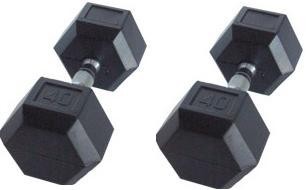
Pyramids - The weight increases with each set and the number of repetitions decreases correspondingly. The key to this is to move up the pyramid not down. So in other words, go big or go home!
Rest Pauses - This workout is rough. It's where you perform a 1 - 3RM and after struggling on the last rep you rest. The resting pause should be between 15 - 25 seconds and then perform 1 more lift. Continue this for 6 - 8 more times. Be cautions with this as it is taxing on the system.
Split Routines - When it comes to working out the split routine is mentioned all the time. All it really is, is how you split your week up to workout. Such as the ever popular 3 Day Split. The 3 day split could be Monday, Wednesday, Friday for example and on those days you do upper body front (Pushing), then legs on Wed, then upper body back (Pulling) on friday. You can choose between 2 and 6 day split. It is all dependent on your level of training.
Supersets- Are consecutive sets of exercises designed to work opposing muscles, or at least different muscles. My favorite is to super set Biceps and Triceps with as little as possible pause between..
Hope this will help you get over your training plateaus and reach your goals.
Links & Other Great Articles
- How To Effectively Stretch and Keeping it Safe
Stretching effectively so you don't tear or pull anything, and can you stretch cold muscles? - BOSU Core Training with Standing Medicine Ball Rotations
Bosu core training with medicine ball rotations - Feedback On Using the MOTOACTV Fitness Mp3 player Sports Watch & My Review
My review and opinion on using the MOTOACTV Fitness heart rate monitor and mp3 player sports watch.



